France concealed the level and extent of exposure to radiation of French Polynesians to nuclear tests claims new report
Credit: Henri Bureau/ Sygma
France hid the levels of radioactivity that French Polynesia was exposed to during nuclear tests in the Pacific over 30 years, with almost the "entire population" of the overseas territory affected, according to a report released on Tuesday.
The new findings could pave the way for tens of thousands of people to claim compensation.
Many locals have given up trying to be compensated despite having family members with various cancers, said researchers.
Investigative website Disclose said it had pored over 2,000 pages of French military documents declassified in 2013 by the defence ministry concerning nuclear tests on the archipelago from 1966-1996.
“French authorities have concealed the true impact of nuclear testing on the health of Polynesians for more than 50 years,” it concluded after two years of analysis and modelling of toxic clouds.
For just one test dubbed Centaur and carried out in July 1974, "according to our calculations, based on a scientific reassessment of the doses received, approximately 110,000 people were infected, almost the entire Polynesian population at the time," it said.
The site worked with British modelling and documentation firm, Interprt and Science and global security programme of the University of Princeton in the United States.
As well as the scope of fallout, it also reassessed the levels of radioactivity to which inhabitants were exposed.
"Our estimates are between two and 10 times higher than those made by the French Atomic Energy Commission in 2006," it said, referring to thyroid exposure to radioactive doses of the inhabitants of the Gambier Islands, Tureia and Tahiti during the six nuclear tests considered to be the most dangerous.
France conducted 193 nuclear tests in French Polynesia from 1966 to 1996.
Credit: Time & Life Pictures
In particular, Disclose homed in on three key tests basing its findings on recently declassified French defence ministry documents, maps, photos and other records, as well as dozens of interviews in France and French Polynesia.
The site said it came to far different figures than the French Alternative Energies and Atomic Energy Commission (CEA) because some data had not been properly interpreted.
For example, for an aerial nuclear test called Aldebaran carried out in 1966 on the Mururoa atoll, CEA scientists "considered that the local population only drank riverwater but not rainwater".
However, many inhabitants of this archipelago drank rainwater, according to the new probe.
CEA estimates of radioactive soil deposits were under-estimated by more than 40 per cent, it contended.
In all, France carried out 193 nuclear tests around the paradise islands — including Bora Bora and Tahiti, immortalised by Paul Gauguin. It conducted 41 atmospheric tests until 1974 that exposed the local population, site workers and French soldiers to high levels of radiation.
Images of a mushroom cloud over the Moruroa atoll, one of two used as test sites along with Fangataufa, provoked international protests.
The CEA’s relatively innocuous data was used to calculate which locals deserved compensation as victims of the tests.
A compensation board for military and civilian victims, known as Civen, has so far paid compensation to just 454 people, including only 63 local inhabitants, rejecting more than 80 per cent of claims without having to justify its decisions.
France’s national institute of health and medical research (Inserm) last month published a report on the health consequences of the tests.
It said it “could not conclude with certainty” that there was a link between the explosions and the many cases of cancer that have emerged on the islands, but added that there was a need “to refine dose estimates”.




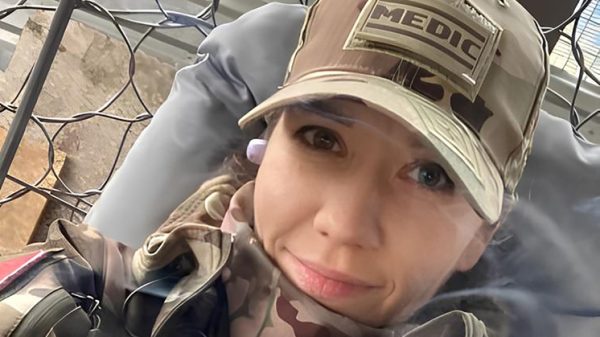


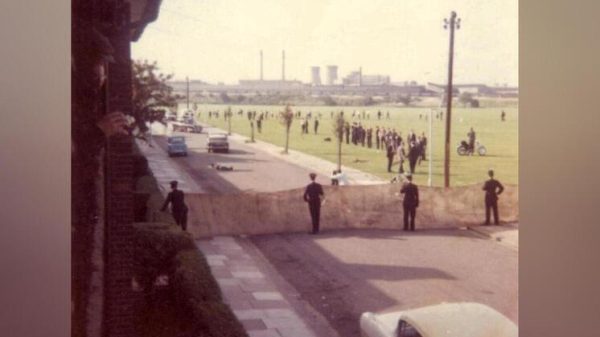
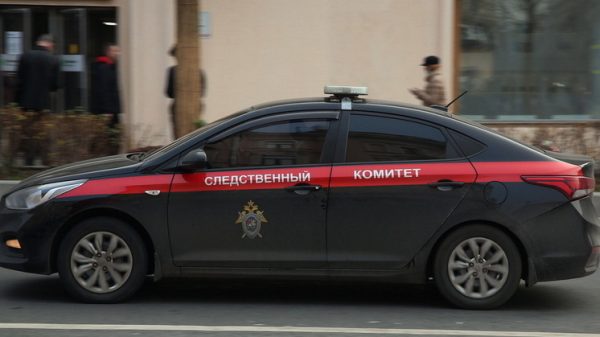
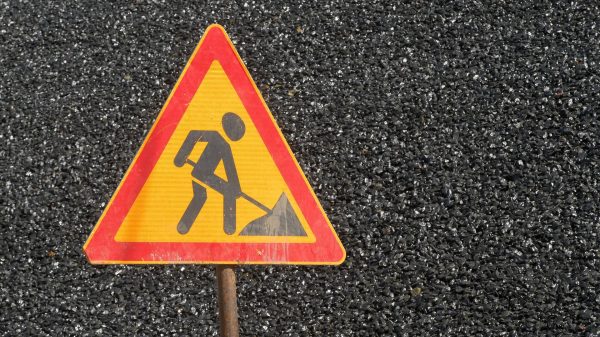
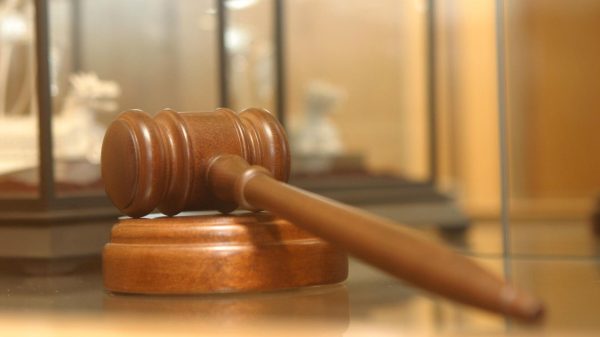
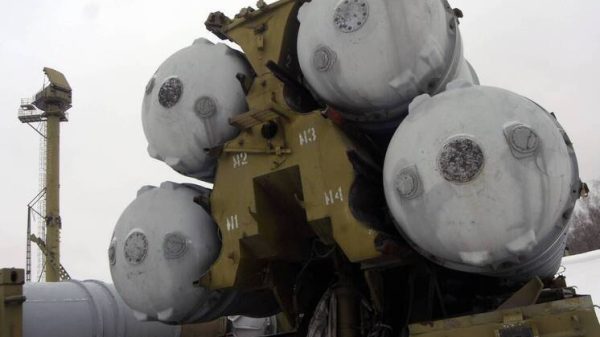



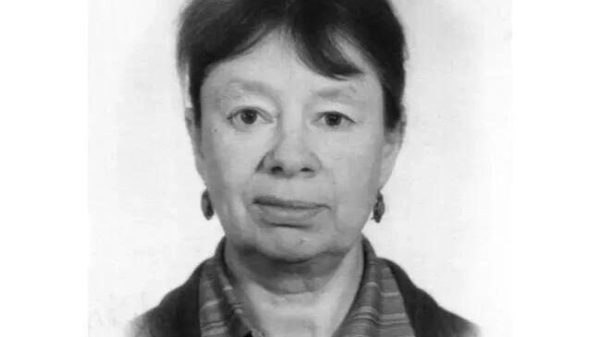


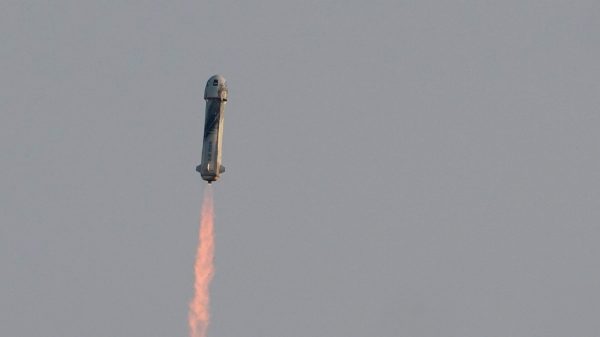

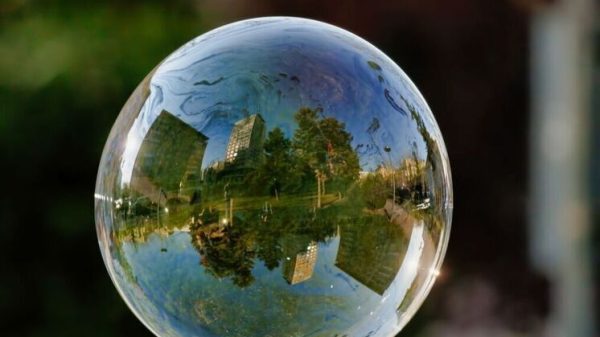














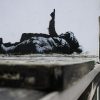
















Свежие комментарии